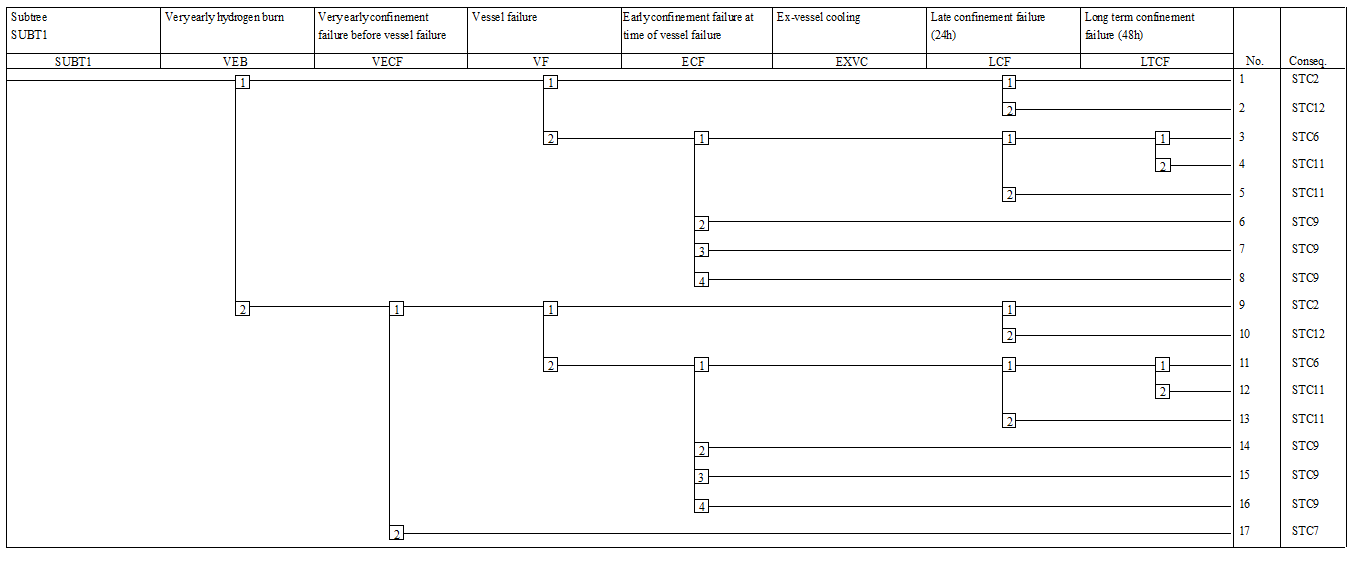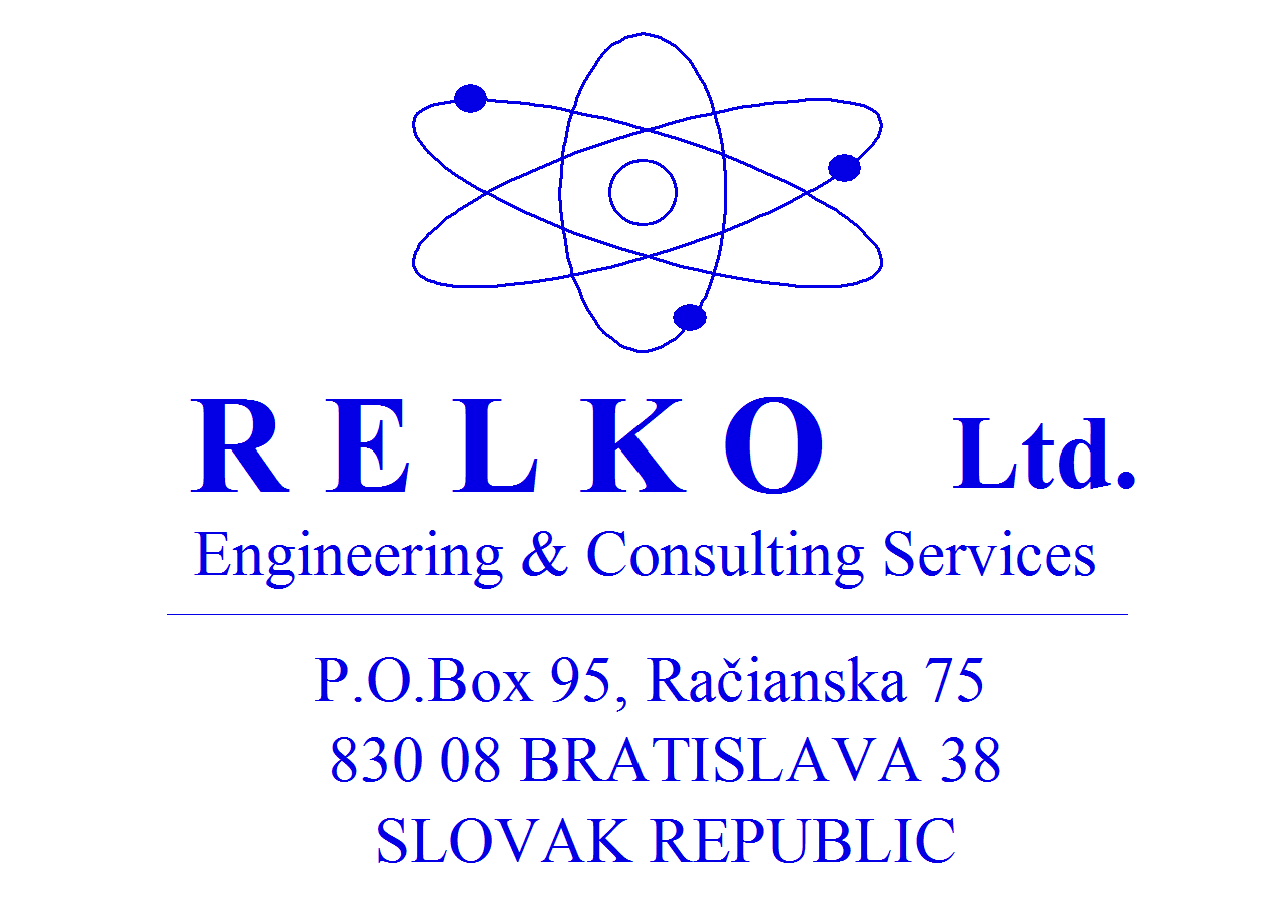Level 2 PSA
Overview:
- Level 2 PSA evaluates the risk of severe accidents and impacts of proposed measures on accident elimination and mitigation of consequences.
- The plants are designed in accordance with defence-in-depth principle, have large safety margins and are capable to manage variety of accidents specified as design basis accidents.
- However, the project of the plant has also its limitations. Such combinations of incorrect or inappropriate human actions can occur, which are behind the design basis. These actions represent the risk of core severe accident.
- With some probability more serious conditions may occur as those covered in the project. Accidents with damaged core are identified as severe accidents with potential release of large amount of radioactive substances into environment. In addition to the reactor, also the spent fuel pool can be damaged and can become the source of radioactive release.
- The defence-in-depth safety philosophy for the nuclear power plants requires the containment to provide the final barrier against release of radioactive materials in the event of an accident.
- To function effectively, the containment should therefore be designed to withstand the pressure and temperature loading of a wide range of postulated accidents, with minimum leakage, and therefore prevent the large radioactive releases to the environment.
- Severe accidents which do not lead to bypass or failure of containment integrity do not endanger the area around the plant, but these accidents can have large economic consequences. Large amount of financial resources has to be spent to stabilize the plant condition, to decontaminate the buildings and to replace loss of power supply previously produced by the failed unit, etc.
- Severe accidents with bypass or failure of confinement integrity influence the area around the plant in such a way that the safety of inhabitants is endangered and material damage is induced.
- Level 2 PSA is used to quantify the large early release frequency (LERF) and identify the dominant contributors to the risk (initiating events, safety systems, component failures, human errors, etc.). In addition, the model calculates also the frequencies of the individual release categories.
The main steps of the level 2 PSA:
- - Interfacing of level 1 and 2 PSA: development of extended event trees, definition of plant damage states as initiating events for containment event trees (CETs).
- Accident progression analyses: analyses of progression of severe accidents, computer code MELCOR used for the analyses, treatment of the accident phenomena, input data, success criteria and accidents sequence analysis, calculation of results.
- Containment performance analyses: structural response, containment bypass and containment isolation analyses.
- Construction of CETs: construction of containment event trees, quantification of confinement event tree events, uncertainties in the event probability quantification.
- Source term analyses: definition of release categories (sources terms), grouping of fission products, fission product release calculations, treatment of uncertainties in the estimated source terms.
- Quantification of frequencies for release categories: calculation of frequencies of release categories using the integrated full power and shutdown model developed in RISK SPECTRUM Professional code. Dominant contributions to large early release frequency (LERF) are identified, importance, sensitivity and uncertainty analyses are performed.
The objectives of the level 2 PSA of the plant are defined as follows:
- - calculate the frequency and amount of radioactive release to the environment during severe accident for full power operation and shutdown operating modes of the plant; this information should be provided also for the spent fuel pool;
- provide a basis for the demonstration of conformance with quantitative safety criteria of the Slovak Nuclear Regulatory Authority (LERF < 1.0E-6/year for old plants, LERF < 1.0E-7/year for new plants);
- gain insights into the progression of severe accidents and containment integrity;
- perform the analysis of the structural availability of the containment during the severe accident and identify failure modes of the containment;
- verify the effectiveness of SAM systems and SAMG for severe accident management and the possibility of the risk reduction;
- prepare basis for the prioritisation of research activities for minimisation of risk significant uncertainties;
- prepare a basis for a level 3 PSA study.
The containment event tree (CET) with release categories is presented in Fig. 1 for illustration.

Fig. 1 Containment event tree with release categories
